The ironwork at the entrance to the square was designed by Philip Simmons (1912-2009), a master blacksmith, with over 600 pieces of ornamental ironwork in private residences and public places in Charleston. This location was Gadsden's Wharf beginning in 1670 and was the primary location for slave ships to unload African captives for years. 40% of the 645,000 slaves (260,000) entered the United States at this wharf; more than any other mainland colony. There was a huge complex of warehouses for slaves (holding up to 1,000 at any given time), rice and indigo.
We came to Liberty Square to check out the Fort Sumter Visitor Center. The fountain in front of the center is named in her honor of Septima Poinsette Clark (1898-1987), educator and Civil Rights activist.
Because South Carolina's economy was wholly dependent on slave labor, it was the first state to secede from the Union. On April 12, 1861, Confederate gunners fired on Fort Sumter and the Civil War began. After 34 hours of sustained shelling, the Union garrison surrendered to the Confederates.
A replica of the original 20' by 36' garrison flag that flew over Fort Sumter was torn by strong winds the day before the Confederate attack. It was replaced by a 10' x 20' storm flag (that was flying during the attack and taken down after the Union lost the battle).
The original garrison flag is displayed in a special case designed for its preservation.
The original storm flag can be seen at Fort Sumter. Ferries depart from the dock here to the island fort daily at 9:30 am, noon, and 2:30 pm (or from Patriot's Point at 10:30 am and 1 pm). The tour lasts 2.5 hours. The cost is $21/adults.
Various exhibits provide the historical background of defending Charleston.
Fort Sumter was used by the army for coastal defense through World War II. It was designated a national monument in 1948. Today, the top two tiers of the fort no longer exist.
The Visitor Center has exhibits about the economic, political, and military history of the city of Charleston. There are extensive displays providing an in depth history of the military events of the area.
In the 1700s, rice was the cash crop for the south and slave labor was needed at the large plantations that were established. Cotton eventually became the primary crop. 3% of the white population controlled 90% of the wealth of the state. By 1860 there were approximately 400,000 African Americans living in the state and about 280,000 whites. In 1790, Charleston was the 4th largest city in the US, but fell to the 22nd largest by 1861.
Today, the Port of Charleston is the largest container port in the Southeast and the Gulf Coast and handles millions of 20' container units annually. It also handles shipping of vehicles, machinery, boats, and heavy equipment.
Also located at Liberty Square is the South Carolina Aquarium (we did not visit it).
We made the short drive south to Waterfront Park to see the iconic Pineapple Fountain. There are two fountains here and wading or playing in them is not only allowed, but encouraged!
The 8-acre park is situated along a half mile of the Cooper River. Benches and walkways provide a lovely place to enjoy the views of Charleston Harbor.
A stroll onto Vendue Wharf provides great views of Patriot's Point where the USS Yorktown aircraft carrier is permanently docked and can be toured. Harbor cruise boats can also be seen from the pier. Restored salt marshes along the coast provide maritime habitat.
For additional information about Waterfront Park and other Charleston parks, go to www.charlestonparksconservancy.org.
It was lovely day doing one of the activities we enjoy the most...learning about our nation's history.
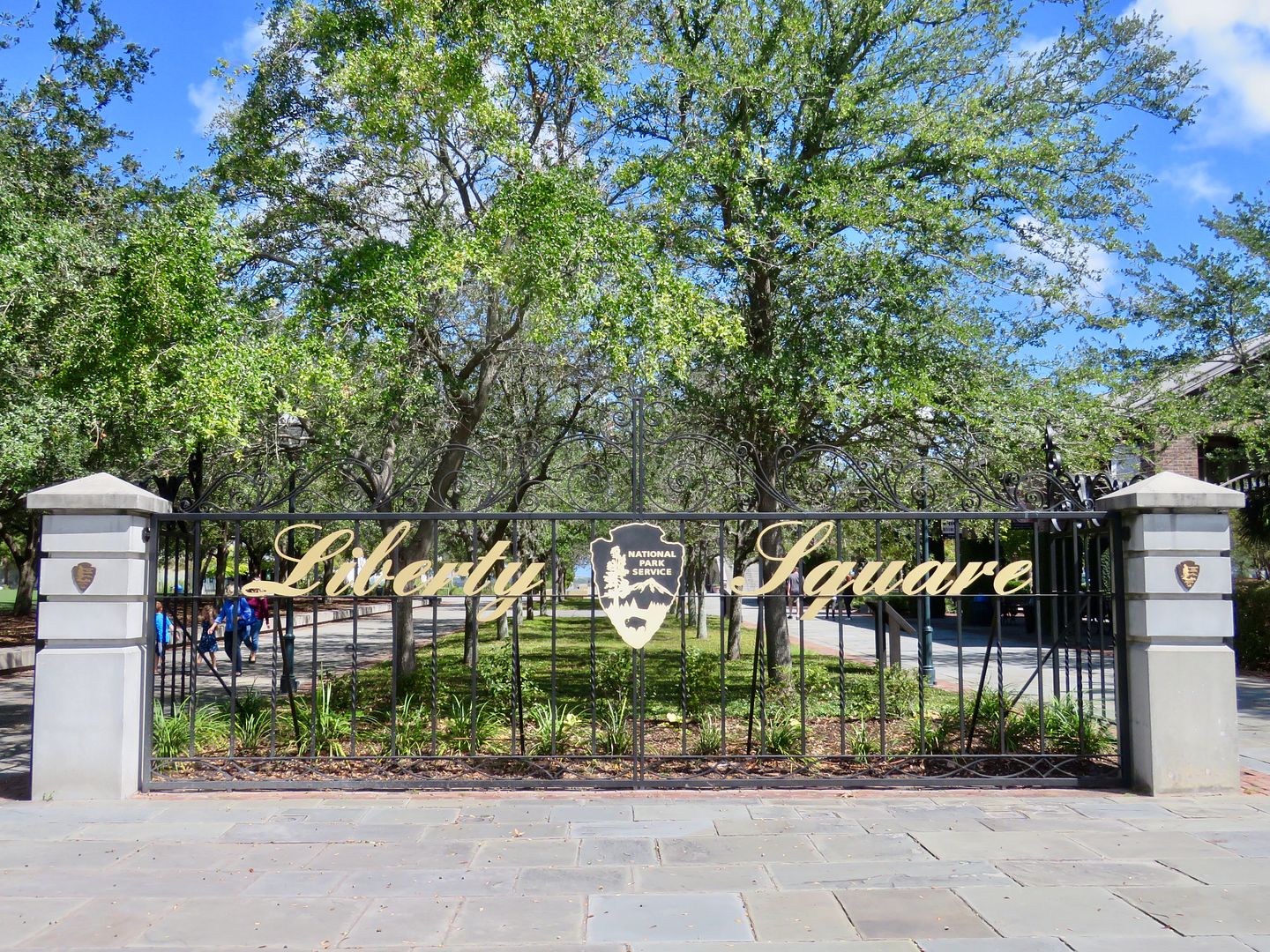
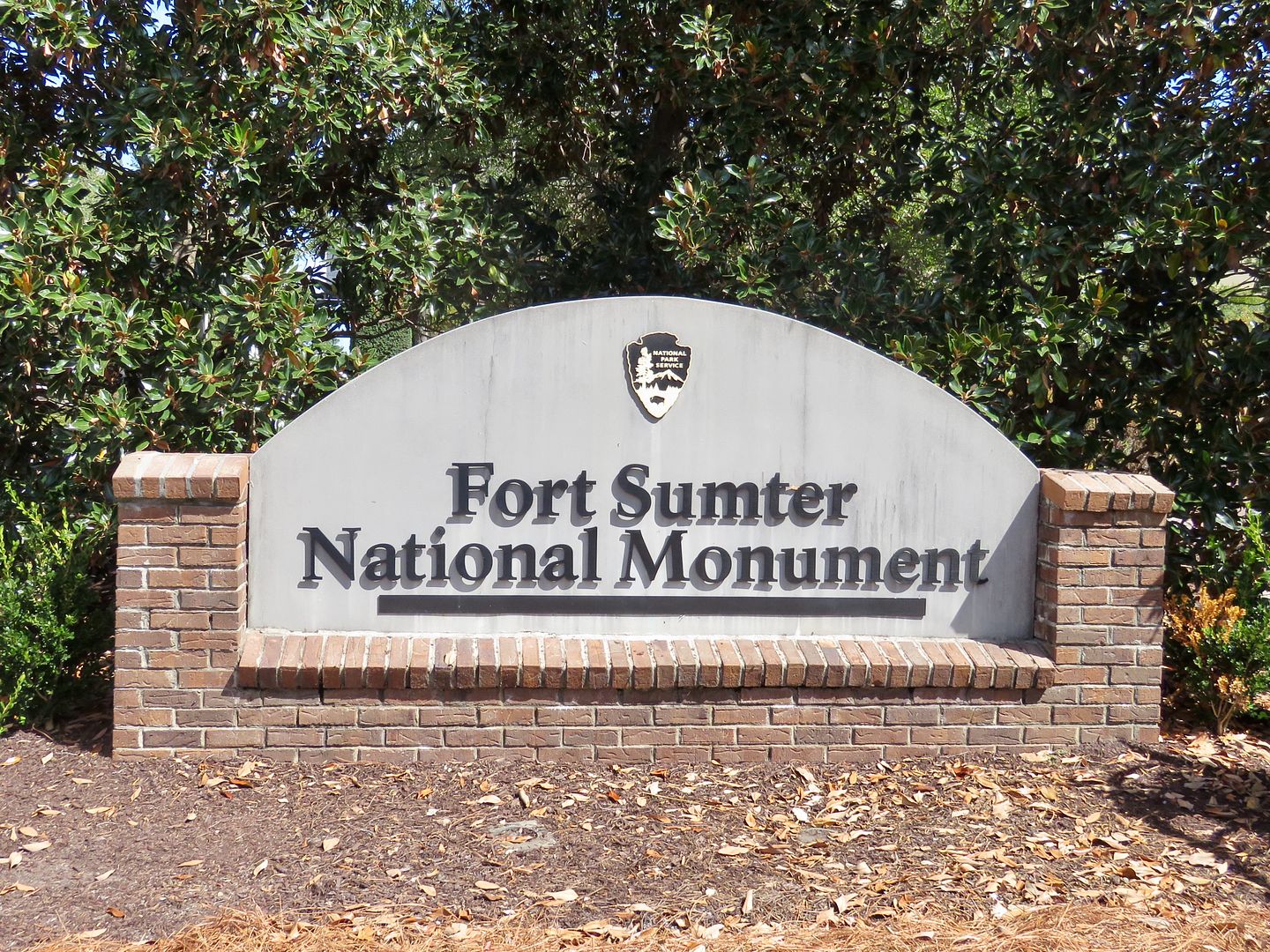
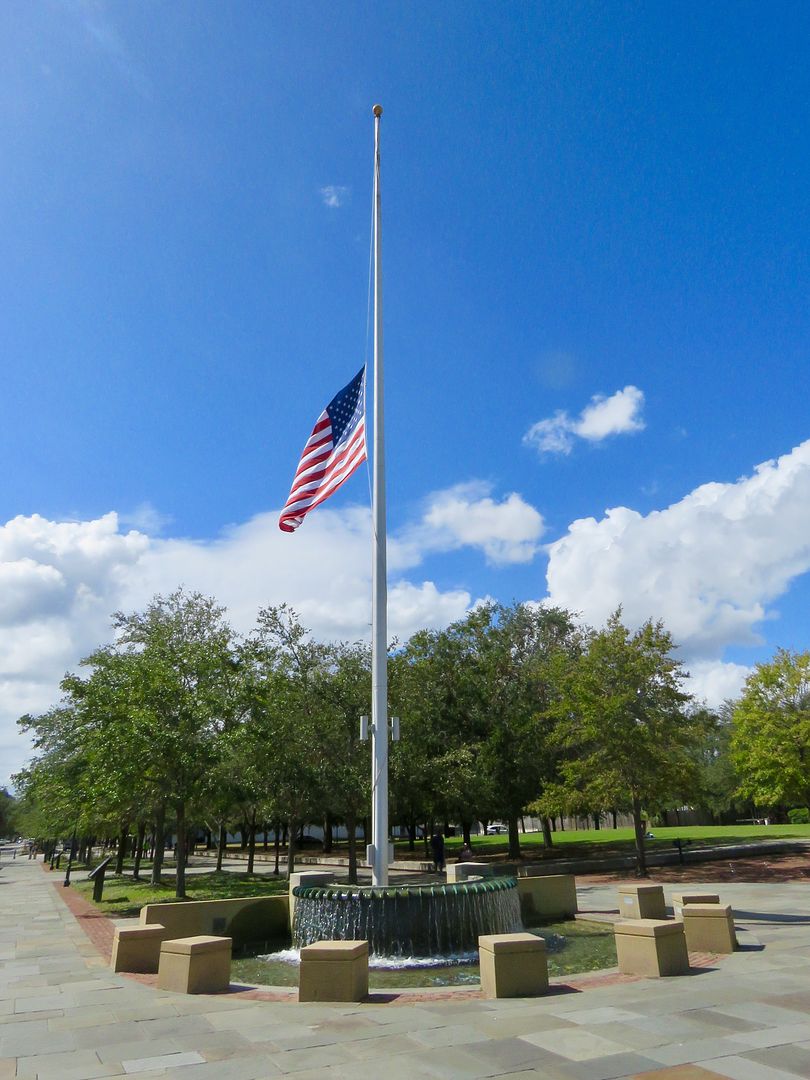
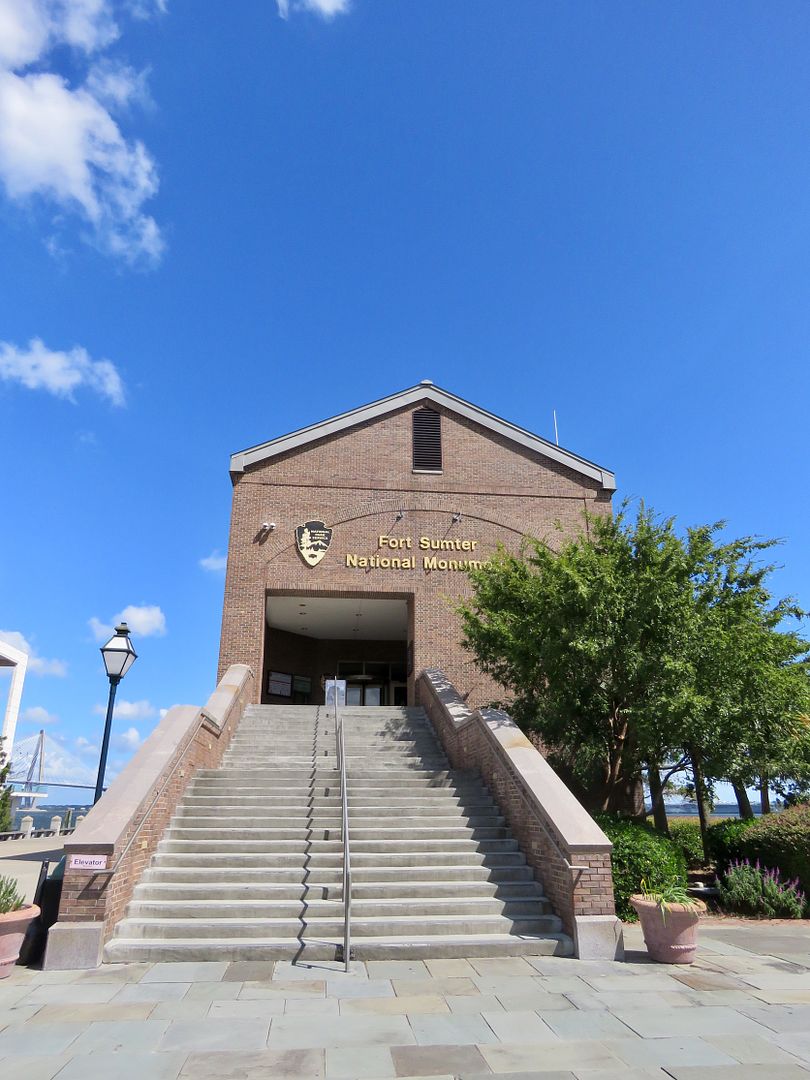

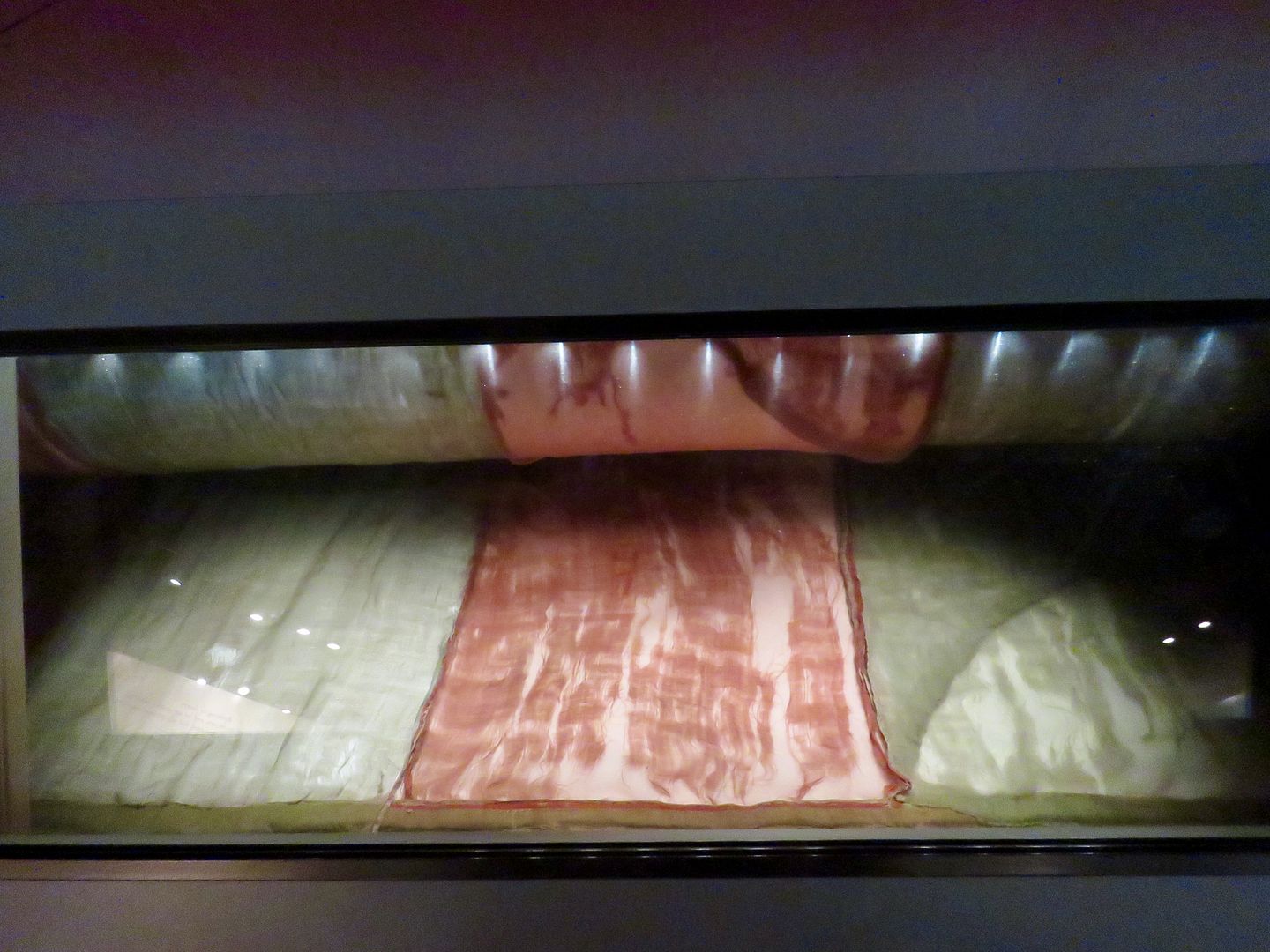

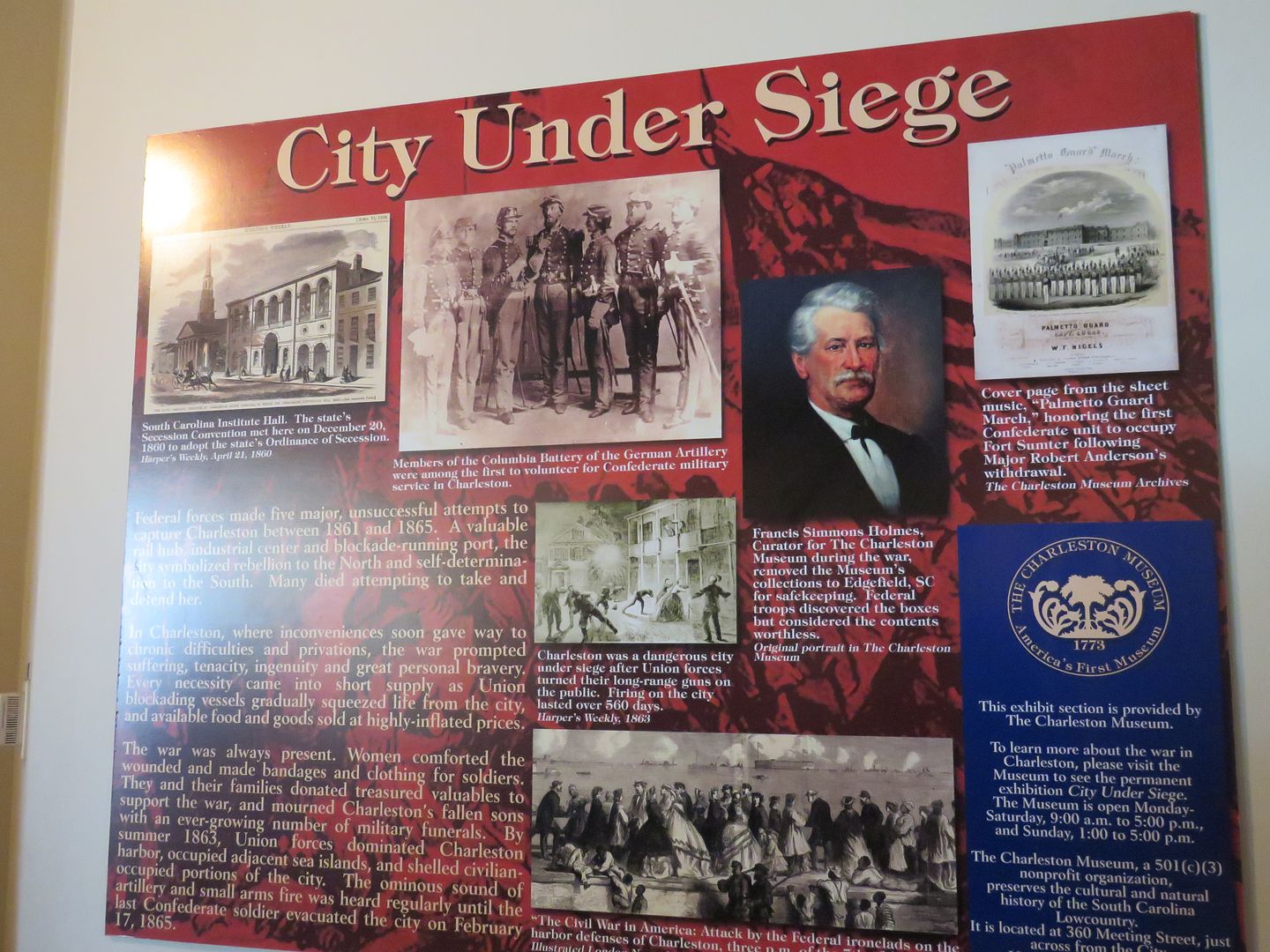



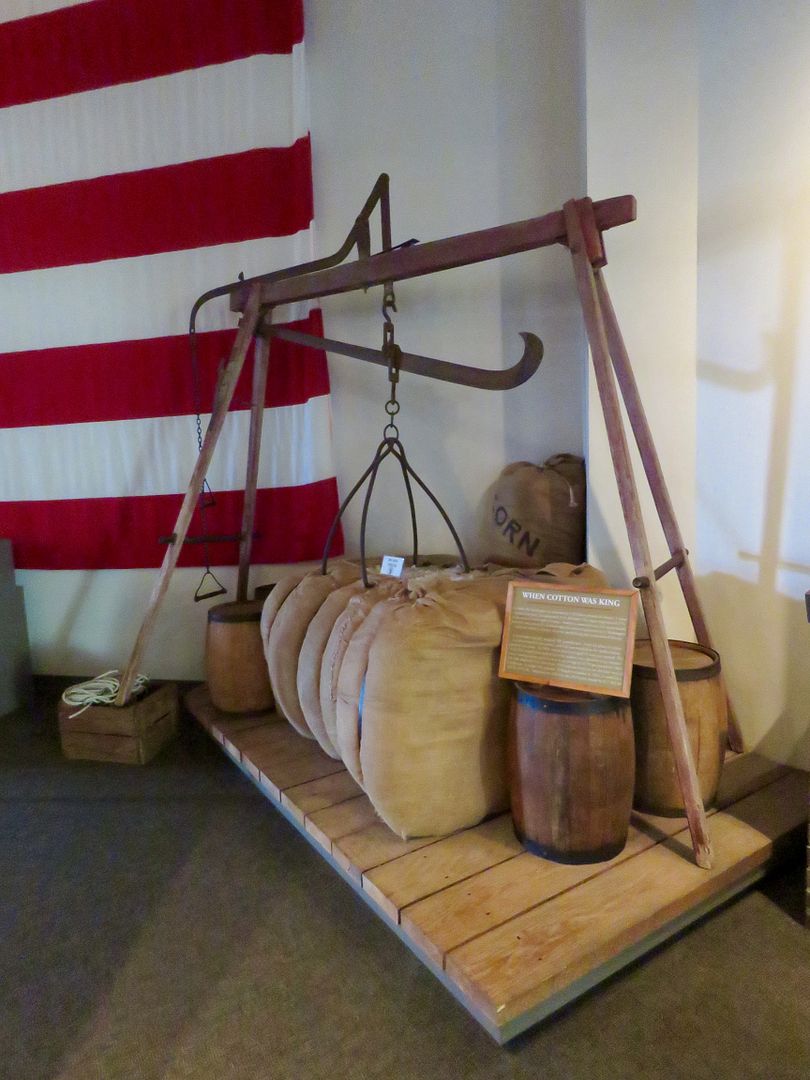

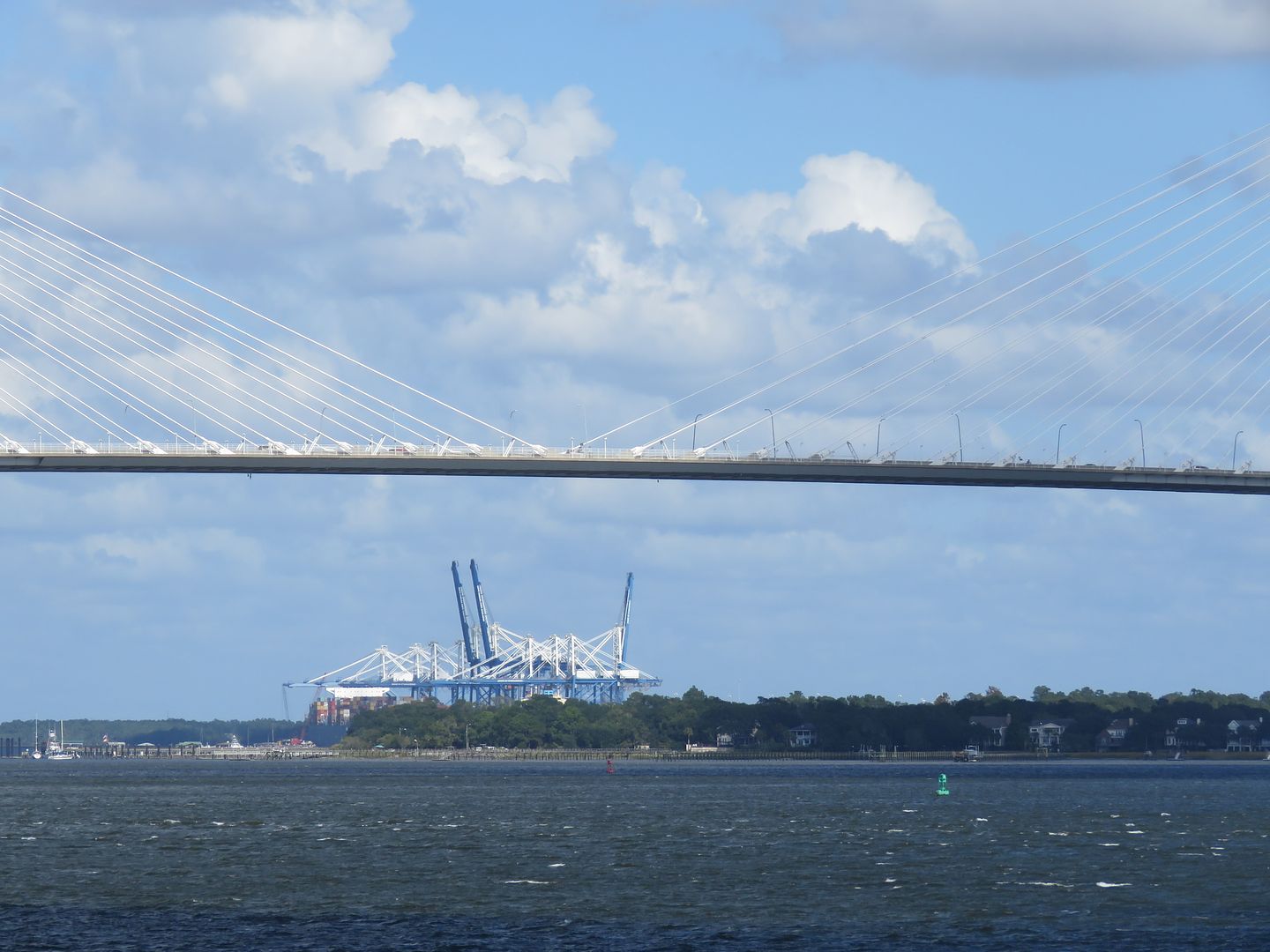
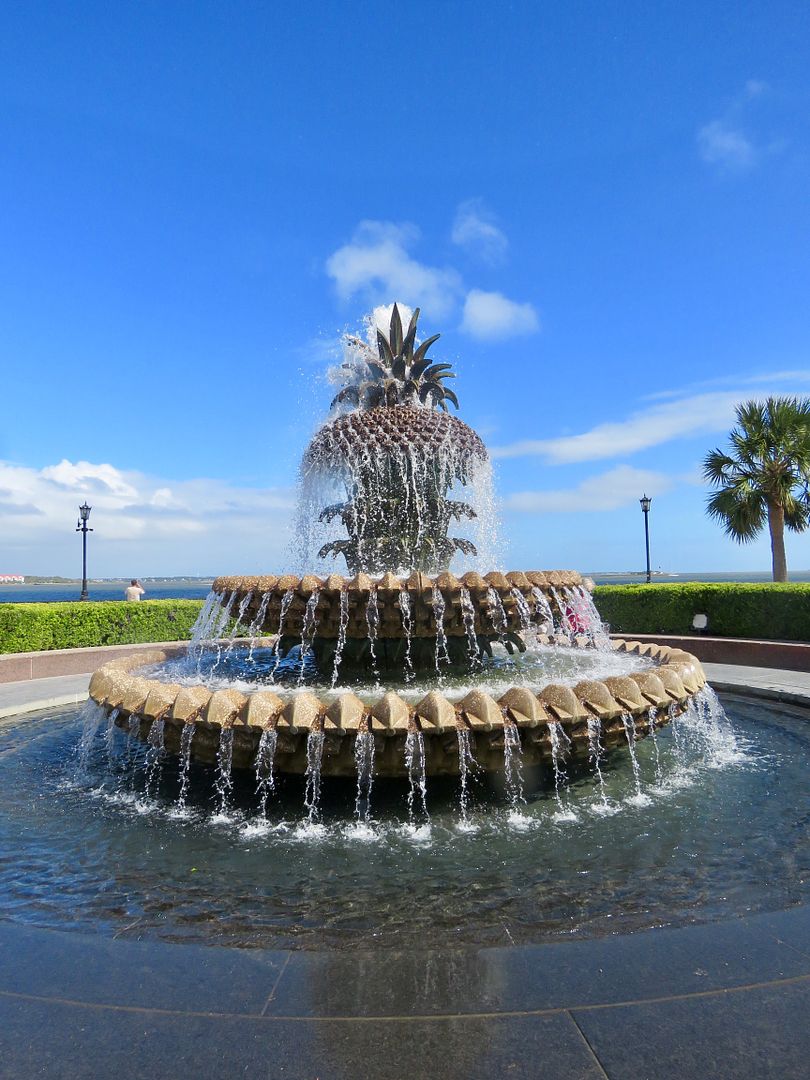
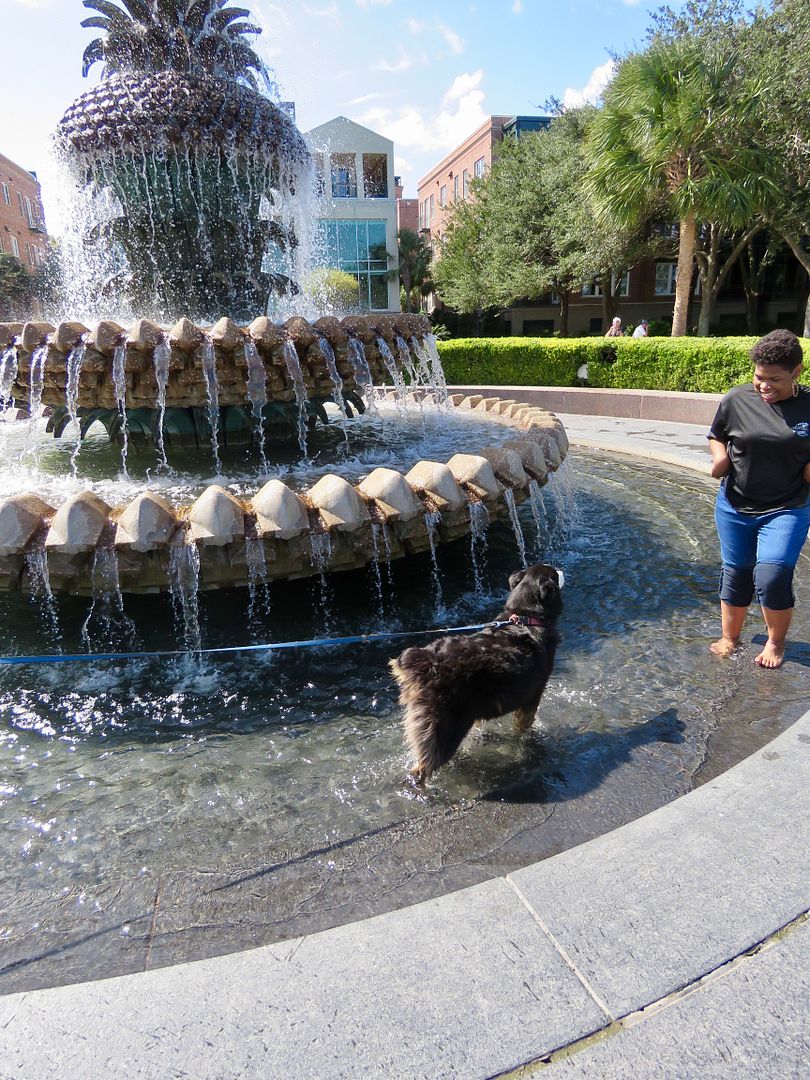
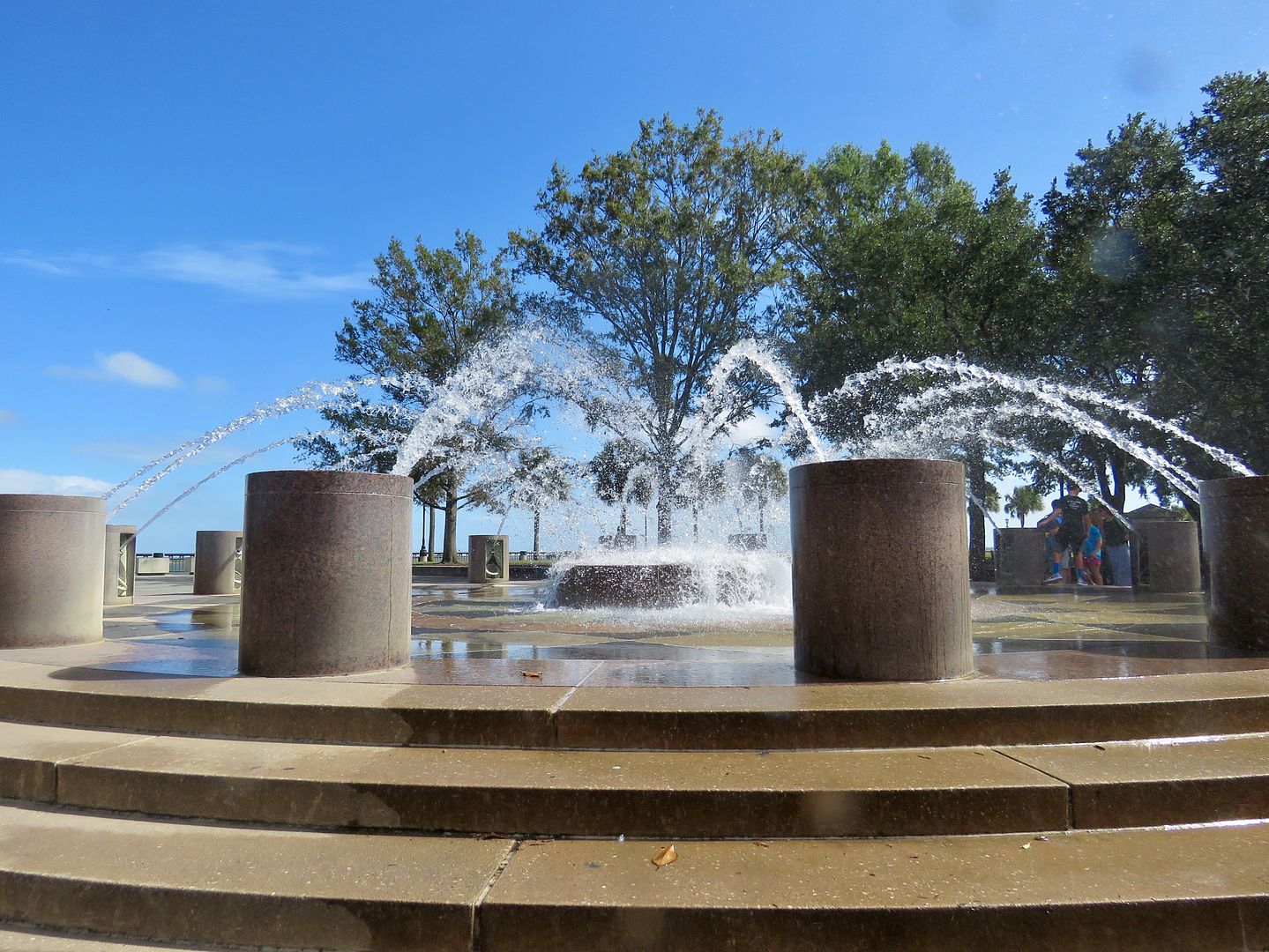
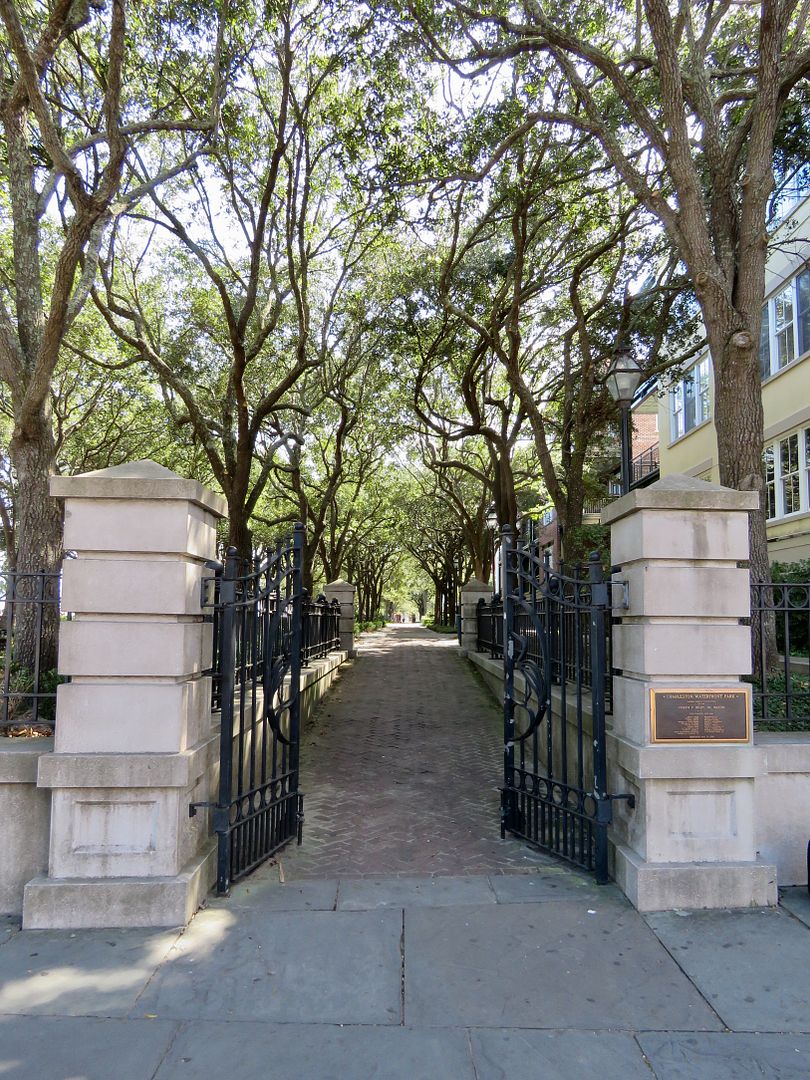
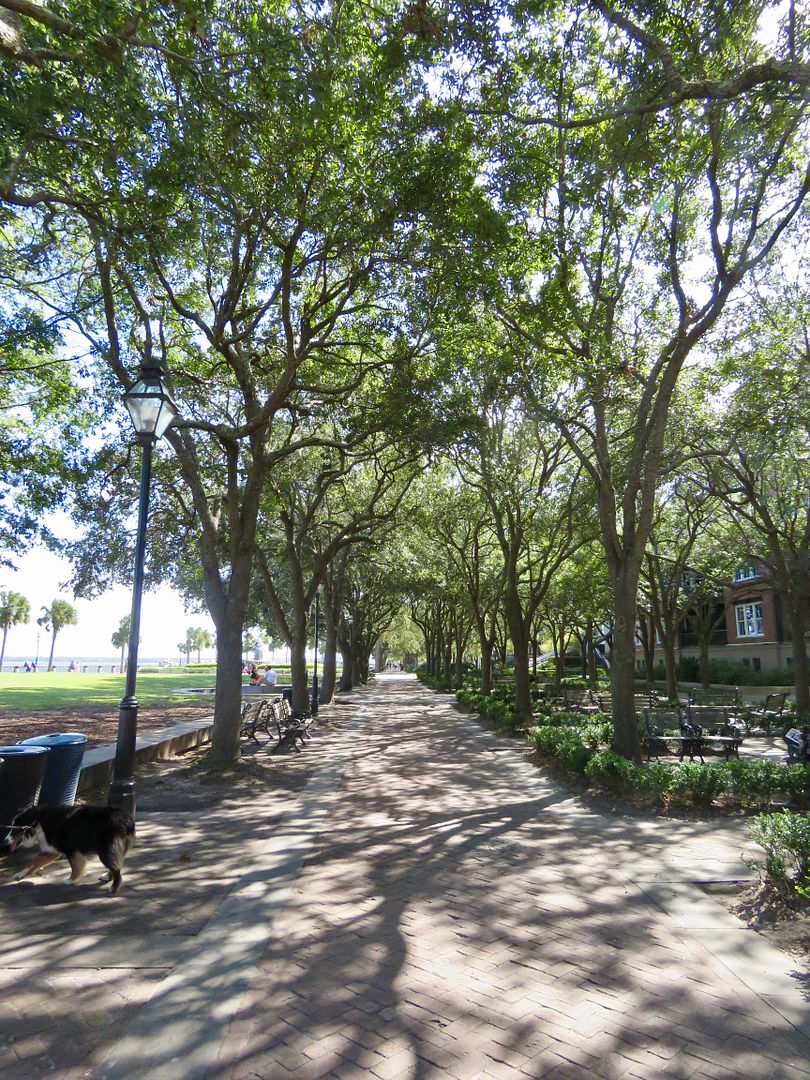
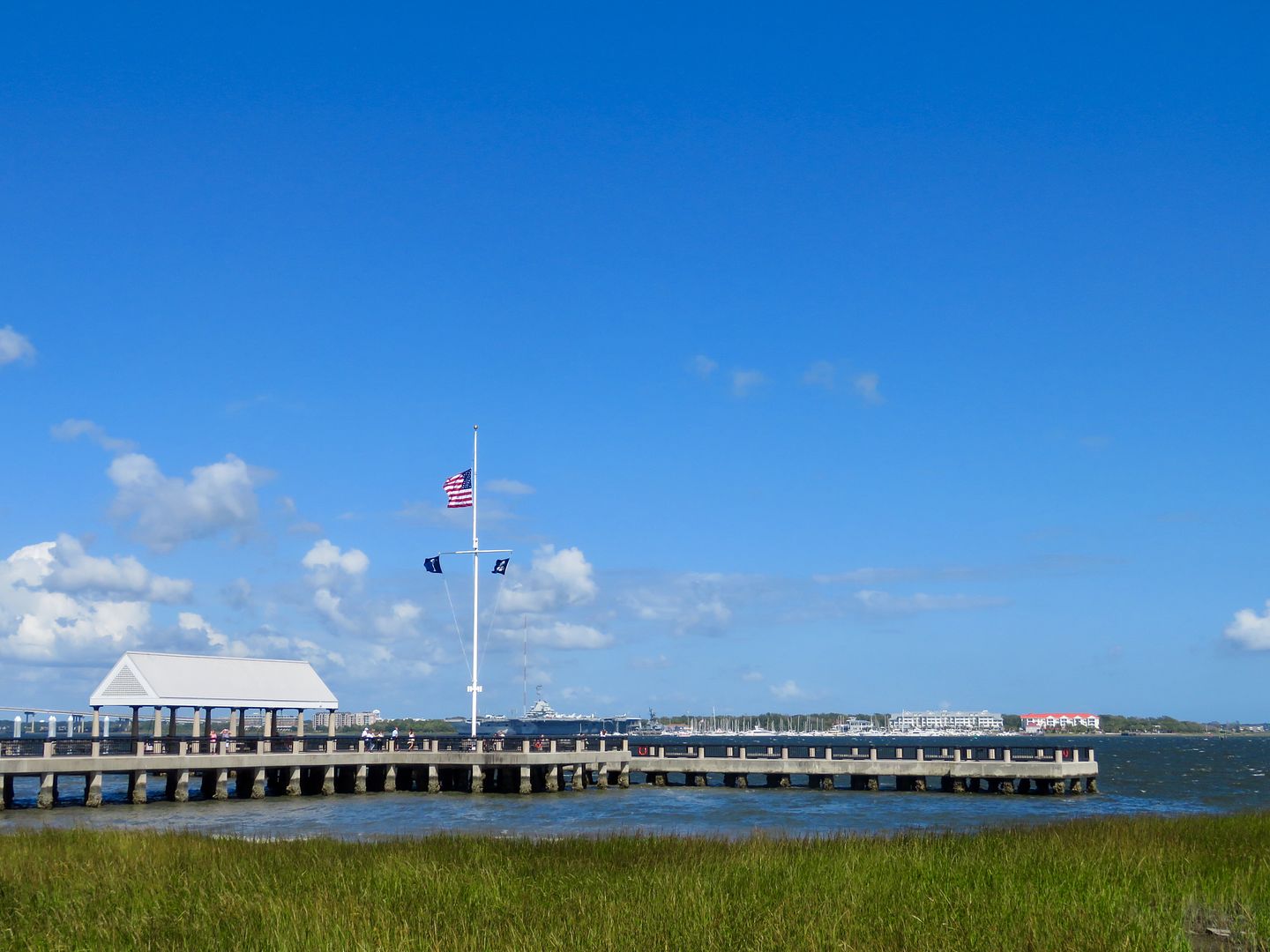
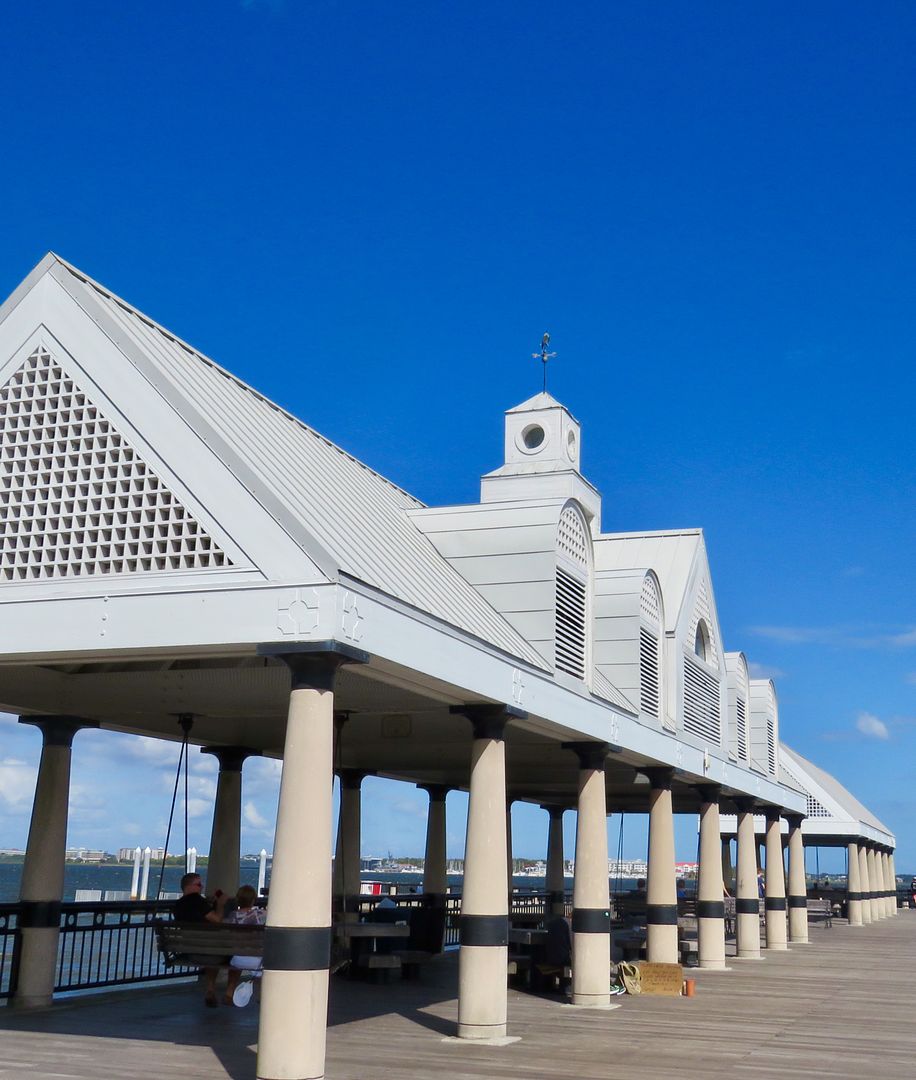
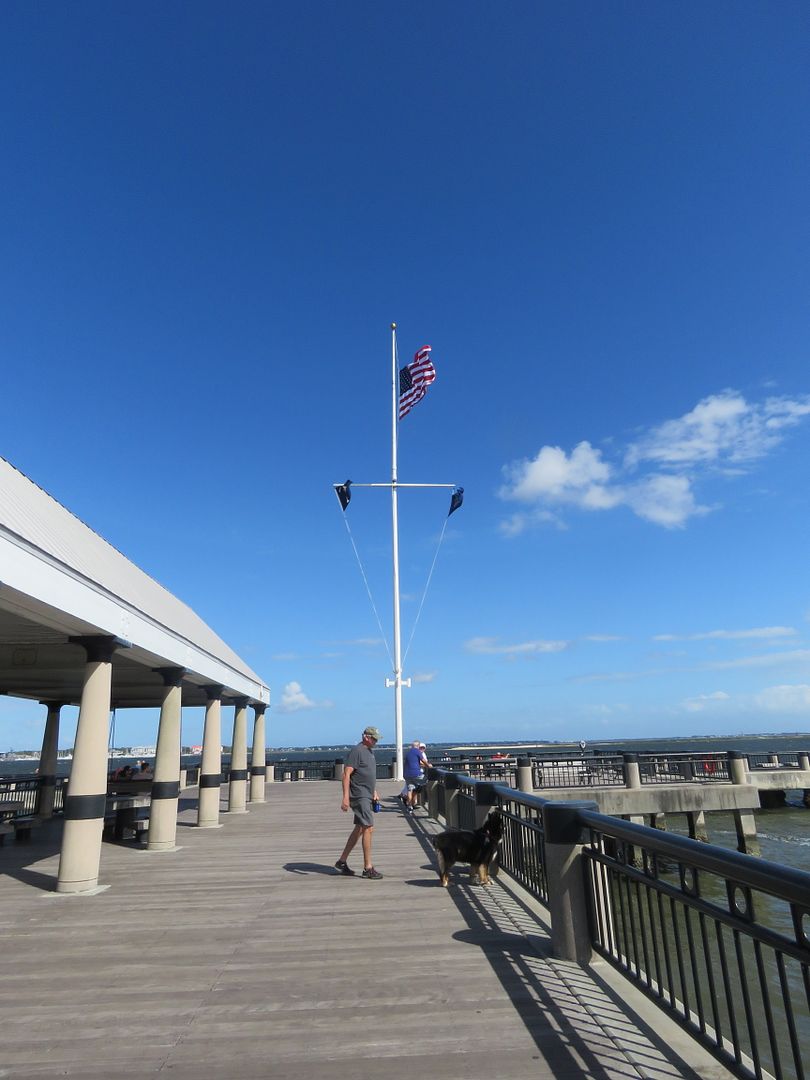

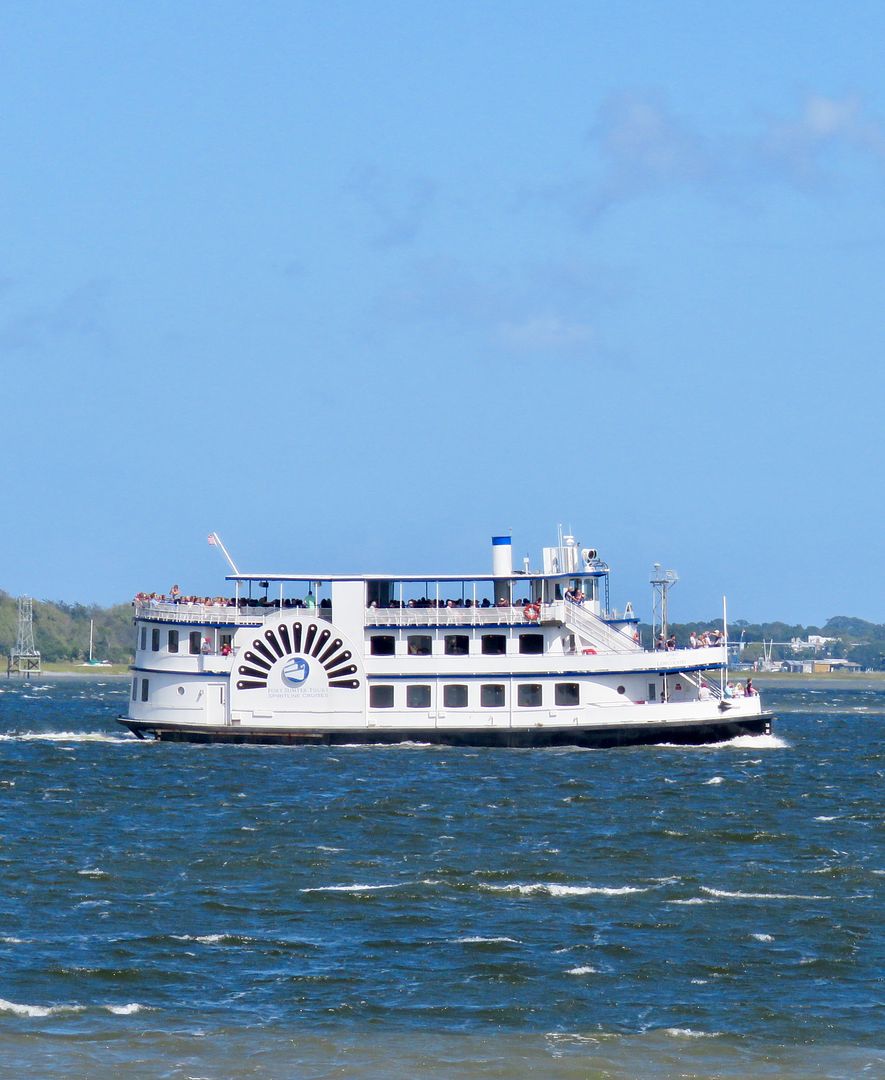
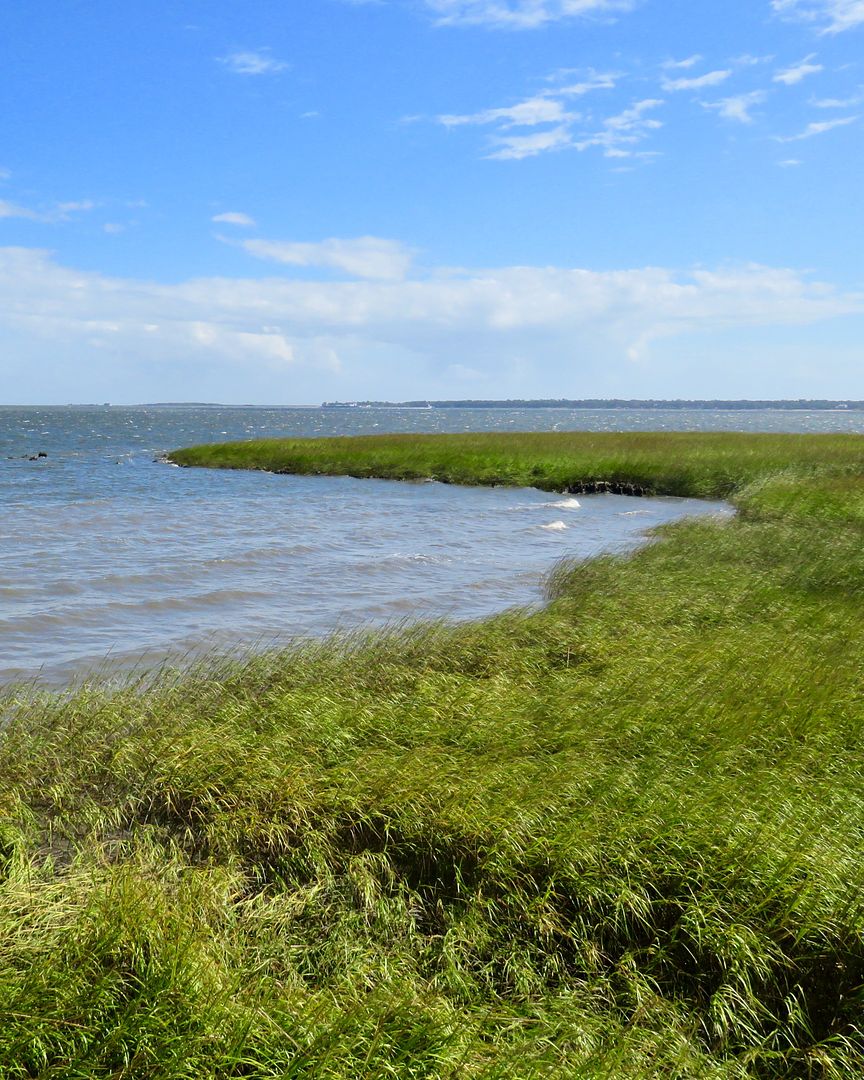
Greetings from the UK. I enjoyed reading. Nice shots.
ReplyDeleteThank you. Love love, Andrew. Bye.
Thanks for your comments!
ReplyDelete